In Mexico celebrations continue twelve days twelve days after Christmastime, January 6, with the arrival of the Three Kings and extend until February 2 with the Día de la Candelaria, Candlemass Day. Upon the Catholic faith instilled by the Spanish missionaries, the celebration of this day has taken place in many Spanish speaking countries since the nineteenth century, coinciding with a Catholic holiday, the day of Epiphany. The story tells that these wise men had an epiphany and traveled to Israel seeking the King of Kings who had just been born. Being guided by star that stood over the manger where baby Jesus was born, the magi presented gifts to the child: gold, incense and myrrh. Long before Santa Claus arrived to Mexico, the three wise men, kings from Persia or magi brought gifts to children which consisted of honey, dry fruits, clothes or shoes, and to the naughty ones, charcoal. In our times, sadly this longstanding tradition is slowly disappearing as Santa Claus has taken precedence; however, there are still many places in Mexico that hold on and where children await anxiously for the arrival of Melchior, Caspar and Balthazar, the Three Kings or Magi. On the evening of January 5 next to the figurines of the Magi in the nativity scene, children leave a letter addressed to the Magi with a list of the toys they want most and deserve for their good behavior on the previous year. The letter is placed inside one shoe and left besides water, hay and food for the animals that have brought the Kings animals as they have traveled a long way; and for the Kings, cookies and milk. Children joyously open their presents on January 6 and, surprised, find that the water, milk, hay and food have disappeared or are half eaten.
To commemorate this date, in France during the Middle Ages families gathered to enjoy a round bread, sprinkled with sugar and crystallized fruit; hidden inside the bread, a lima bean which symbolized a secure place away from king Herod where Jesus could be born. This practice arrived to Mexico during first years of colonial times and has remained a traditional gathering with family and friends on the evening of January 6: The Merienda, a pre-dinner so children may go to bed early, with the Rosca, tamales, warm cocoa or atole. The Rosca, an oval sweetbread decorated with slices of crystallized or glaze fruit, suggests a real crown with ornaments that symbolize its jewels and inside, nowadays and depending on the size, one or two plastic figurines of baby Jesus. Roscas may come in many sizes, but not in a different shape, and could even include other figurines. All present at the festivity must cut a slice of the Rosca and the people who find the figurine or figures shall invite everyone present over to a new celebration on February 2, Día de la Candelaria or Candlemass day, for tamales.
Monica Sauza, a court certified translator, has been assisting island residents with translations abd immigration issues for over a decade.
Otra fugitiva de la Ciudad de México. Mónica ha hecho de Cozumel su hogar definitivo. Desde su llegada en 1981, trabajo en turismo en todos los lugares habituales: hoteles, buceo, aeropuerto, ferries, hasta que se abrió la oportunidad de desempeñarse en su campo. Desde finales de la década de los años 70 Mónica ha estado traduciendo e interpretando, dedicándose plenamente a ello a partir de 1998, y ha asistido a extranjeros y locales de la Isla a establecer su residencia y sus negocios. Es traductora con gran experiencia, ávida historiadora y una gran fuente de tradiciones y leyendas locales.
- Mexican History 3 Kings Day - January 8, 2025
- 2025 Mexican National Holidays - January 3, 2025
- Mayan Weather Predictions - January 2, 2025
Another escapee from Mexico City, Monica has made Cozumel her definite home. Since her arrival -in 981- she worked in tourism in all the usual venues: hotels, scuba diving, airport, ferries, until the opportunity to practice in her chosen field grew. Since the latter part of the 70s Monica has been translating and interpreting, fully devoting herself to it since 1998, and has assisted foreigners and Island residents establish residence and businesses- She is a Translator with extensive experience, an avid historian and a great source of local lore and legends. Otra fugitiva de la Ciudad de México. Mónica ha hecho de Cozumel su hogar definitivo. Desde su llegada en 1981, trabajo en turismo en todos los lugares habituales: hoteles, buceo, aeropuerto, ferries, hasta que se abrió la oportunidad de desempeñarse en su campo. Desde finales de la década de los años 70 Mónica ha estado traduciendo e interpretando, dedicándose plenamente a ello a partir de 1998, y ha asistido a extranjeros y locales de la Isla a establecer su residencia y sus negocios. Es traductora con gran experiencia, ávida historiadora y una gran fuente de tradiciones y leyendas locales.
Cozumel Punta Sur Road Repair
Cozumel Punta Sur Road Repair Cozumel’s Punta Sur Road to Have...
Mexican History 3 Kings Day
Mexican History 3 Kings Day The Significance of January 6th & February...
New Year’s Traditions Mexico
New Year’s Traditions Mexico New Year’s Traditions and Rituals in Mexico....
Mayan Weather Predictions
Mayan Weather Predictions Honoring Traditions: “Las Cabañuelas,” Mayan Weather Predictions The weather...


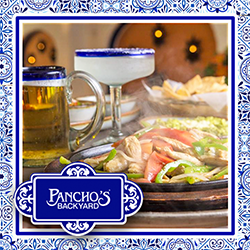


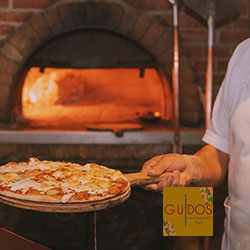



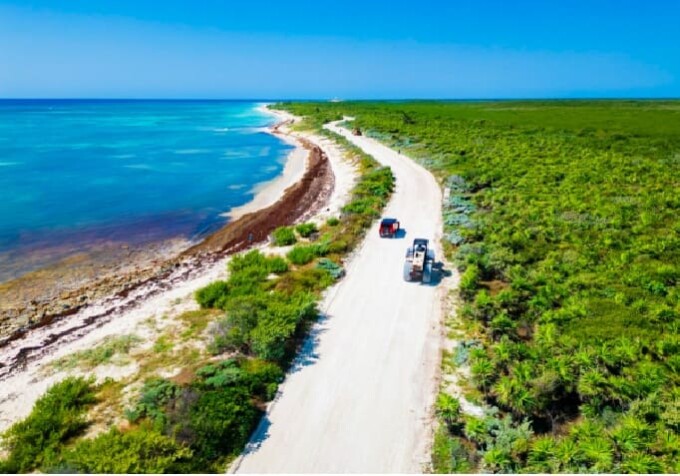
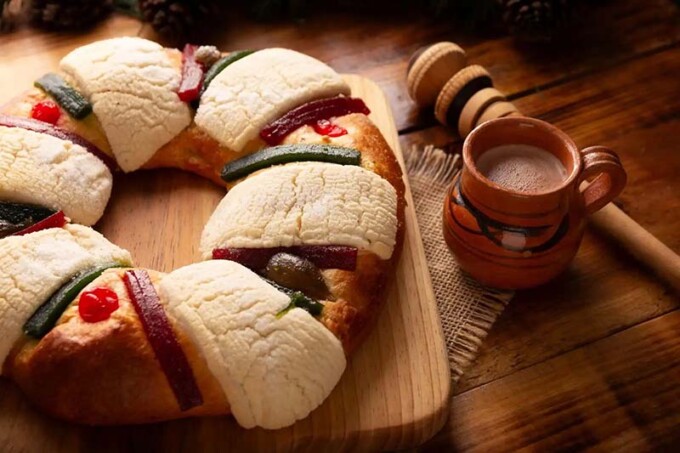
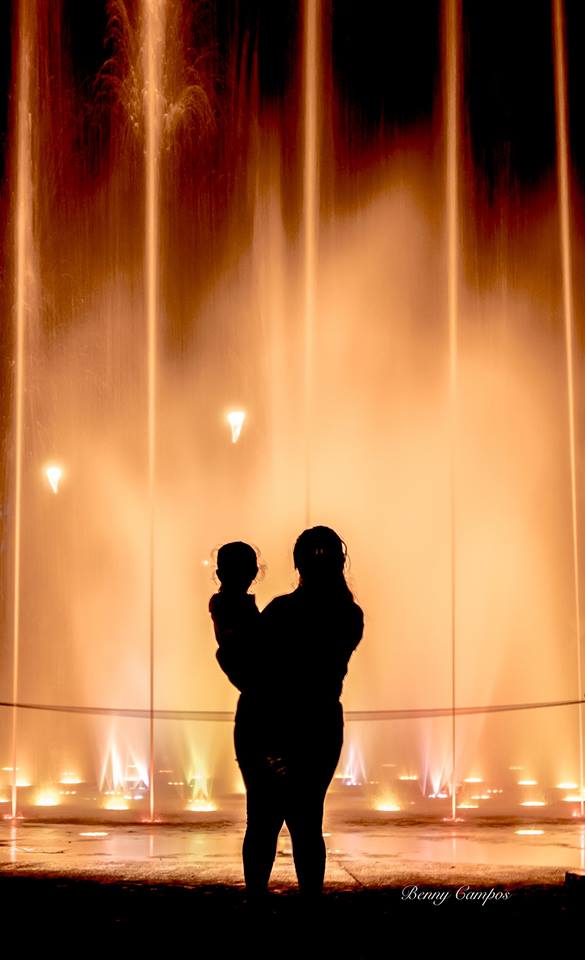
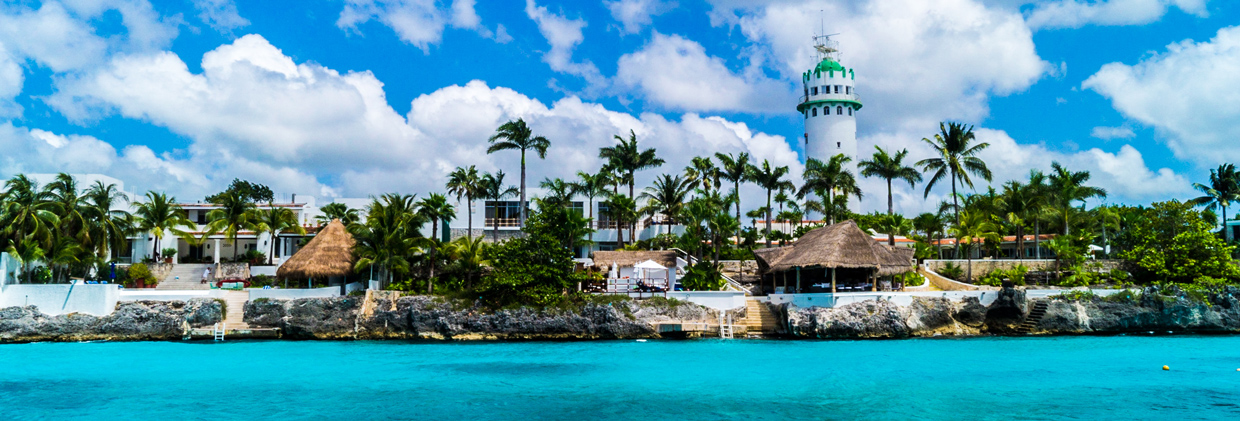
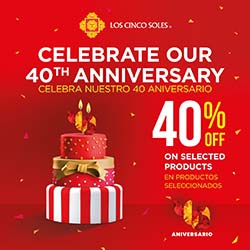


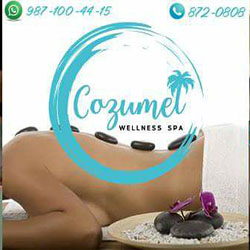


Leave a comment